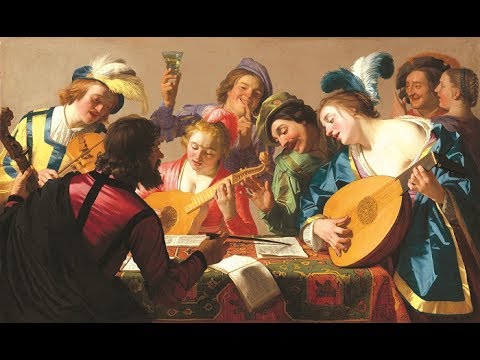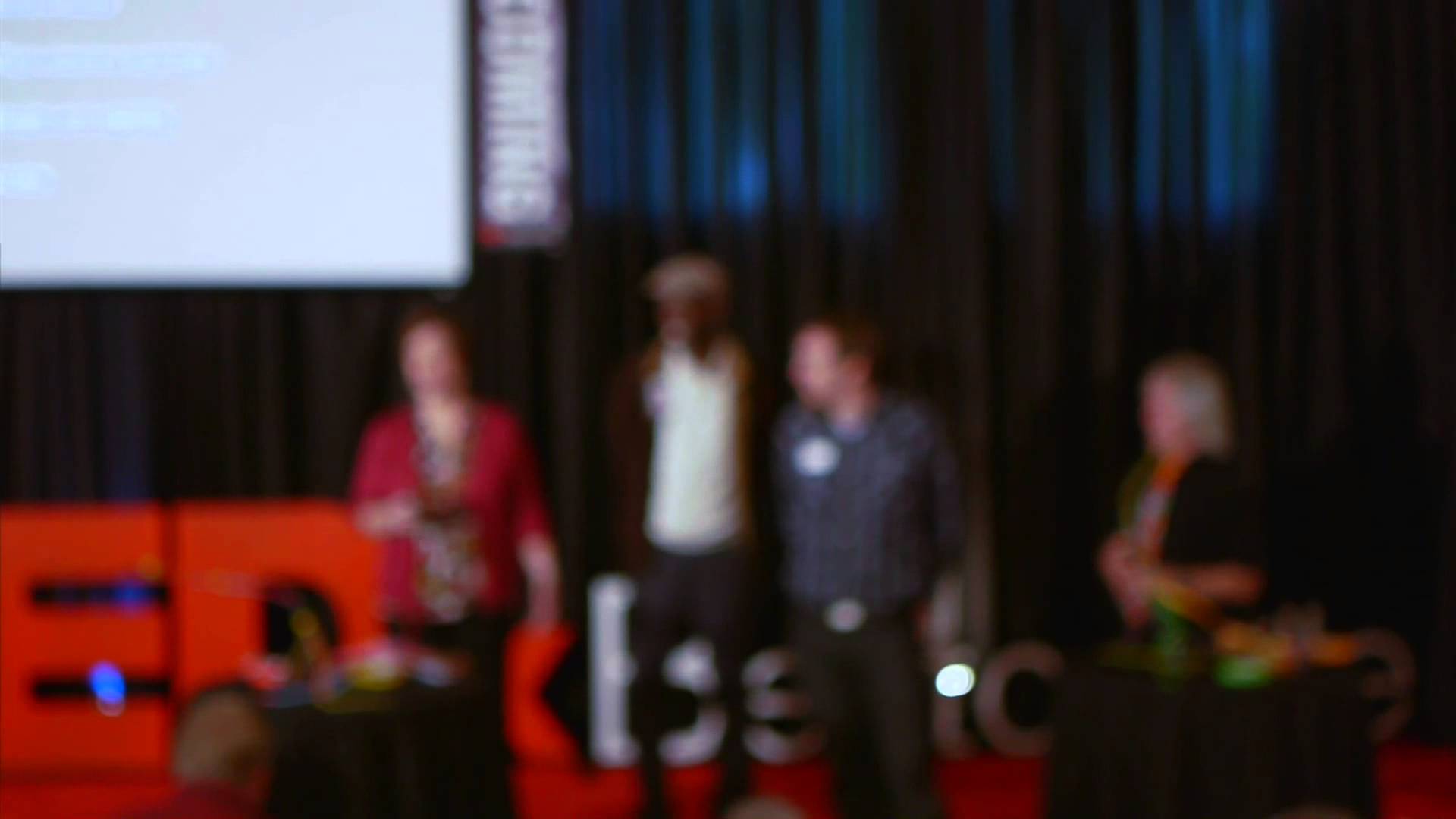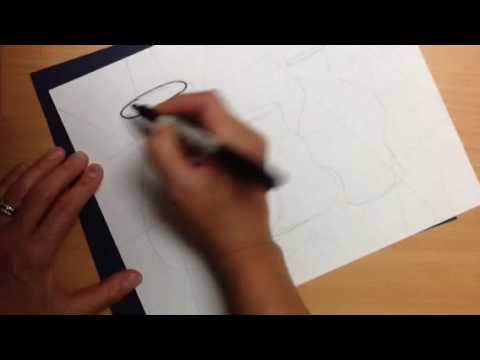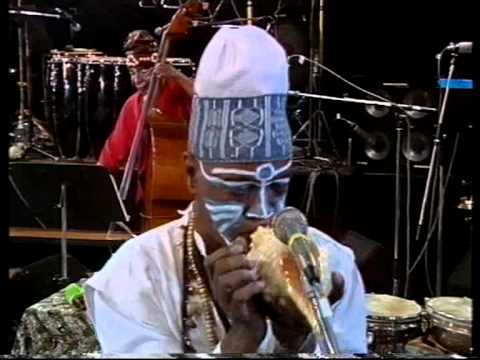The Renaissance was a period in European history, from the 14th to the 17th century, regarded as the cultural bridge between the Middle Ages and modern history. It started as a cultural movement in Italy in the Late Medieval period and later spread to the rest of Europe, marking the beginning of the Early Modern Age.
The intellectual basis of the Renaissance was its own invented version of humanism, derived from the rediscovery of classical Greek philosophy, such as that of Protagoras, who said that “Man is the measure of all things.” This new thinking became manifest in art, architecture, politics, science and literature. Early examples were the development of perspective in oil painting and the recycled knowledge of how to make concrete. Although the invention of metal movable type sped the dissemination of ideas from the later 15th century, the changes of the Renaissance were not uniformly experienced across Europe.
As a cultural movement, the Renaissance encompassed innovative flowering of Latin and vernacular literatures, beginning with the 14th-century resurgence of learning based on classical sources, which contemporaries credited to Petrarch; the development of linear perspective and other techniques of rendering a more natural reality in painting; and gradual but widespread educational reform. In politics, the Renaissance contributed to the development of the customs and conventions of diplomacy, and in science to an increased reliance on observation and inductive reasoning. Although the Renaissance saw revolutions in many intellectual pursuits, as well as social and political upheaval, it is perhaps best known for its artistic developments and the contributions of such polymaths as Leonardo da Vinci and Michelangelo, who inspired the term “Renaissance man”.
The Renaissance began in Florence, in the 14th century. Various theories have been proposed to account for its origins and characteristics, focusing on a variety of factors including the social and civic peculiarities of Florence at the time: its political structure; the patronage of its dominant family, the Medici and the migration of Greek scholars and texts to Italy following the Fall of Constantinople to the Ottoman Turks.Other major centres were northern Italian city-states such as Venice, Genoa, Milan, Bologna, and finally Rome during the Renaissance Papacy.
The Renaissance has a long and complex historiography, and, in line with general scepticism of discrete periodizations, there has been much debate among historians reacting to the 19th-century glorification of the “Renaissance” and individual culture heroes as “Renaissance men”, questioning the usefulness of Renaissance as a term and as a historical delineation. The art historian Erwin Panofsky observed of this resistance to the concept of “Renaissance”: It is perhaps no accident that the factuality of the Italian Renaissance has been most vigorously questioned by those who are not obliged to take a professional interest in the aesthetic aspects of civilization—historians of economic and social developments, political and religious situations, and, most particularly, natural science—but only exceptionally by students of literature and hardly ever by historians of Art.
NWO Documentary CHANNEL
Source




Peter Weller ruined this, otherwise great documentary. 🙁
Great ?
I’m nearly out of vape juice… I should take a walk to the store today.
Peter Weller will teach you stuff. Then kick your ass
First line got me crying already
Very elaborate and well done documentary. Thanks for sharing with us! 🙂
hey marcus
yo what if kelby is on this
kelby